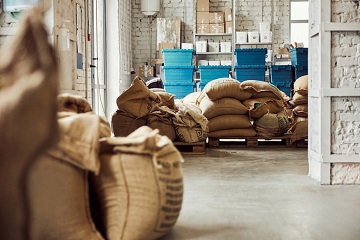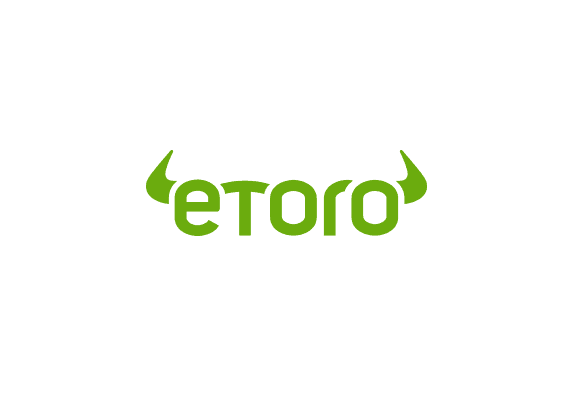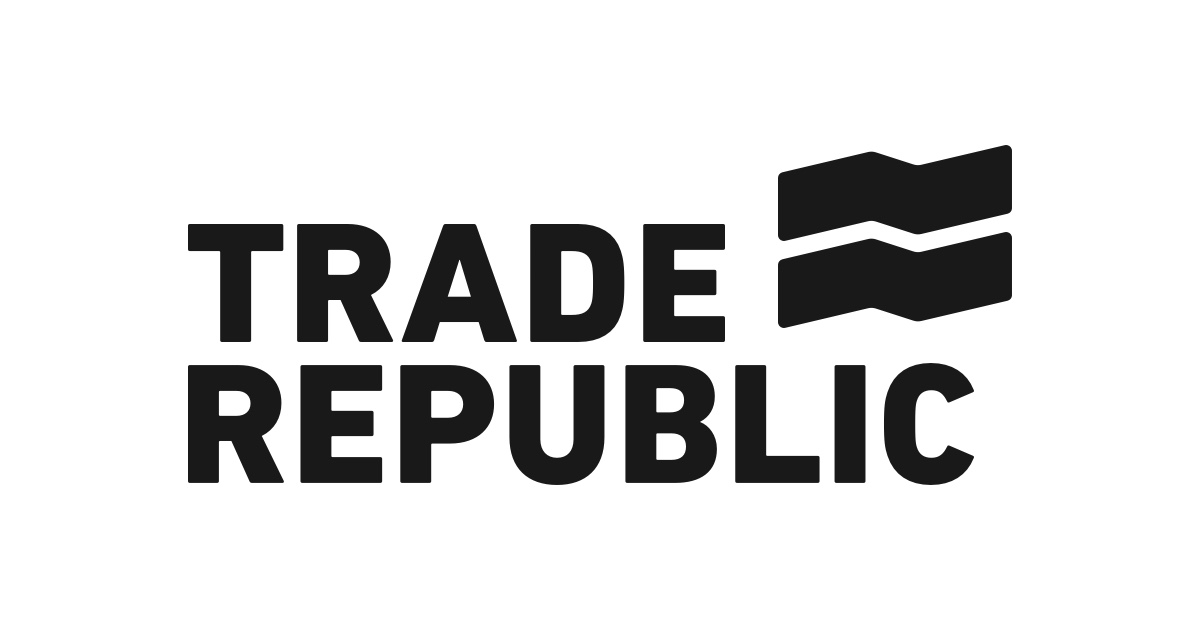Investing in raw materials
Investing in raw materials is low-risk and can diversify your portfolio. Commodity investing can also correct inflation and generate good returns. You can invest in gold, silver, copper, cotton, wheat, sugar and many more. But where do you start?
Please note: trading in raw materials involves risks, you can (partially) lose your investment.
Why invest in raw materials?
 Investing in gold can be interesting. But it is definately not the only interesting commodity. Investments in coffee, sugar, rice, cotton or wheat all have their own unique benefits to investors. Raw materials can be a nice asset, because the market dynamic is different from other assets.
Investing in gold can be interesting. But it is definately not the only interesting commodity. Investments in coffee, sugar, rice, cotton or wheat all have their own unique benefits to investors. Raw materials can be a nice asset, because the market dynamic is different from other assets.
Materials react differently to political and economical events. While stock returns usually suffer in an economic crisis, materials like gold and silver will actually benefit. And unlike bonds, raw materials can also perform well in times of economic flourishing. This can make it a low-risk investment and good portfolio diversifier.
Raw materials are a good portfolio diversifier and can be a low-risk investment.
In diversifying your portfolio, commodity investments can act as a correction for inflation. This is because when inflation rises, the price of substances like gold, steel and oil usually increase. Not many assets perform well under inflation, and so raw materials are a good buffer.
In addition, raw materials depend on supply and demand instead of company performance. Therefore, commodities will not go bankrupt like companies do. And because these materials are not in endless supply, the potential scarcity can generate good returns. For example, a bad harvest means wheat will have a low supply while being high in demand.
The market value of commodities
 The rule of thumb for the market value of raw materials is: when supply is low but the demand is growing, the price will increase. If the supply is bigger than the demand, the price will drop. This usually works in theory, but in practice the raw materials market can get more complicated.
The rule of thumb for the market value of raw materials is: when supply is low but the demand is growing, the price will increase. If the supply is bigger than the demand, the price will drop. This usually works in theory, but in practice the raw materials market can get more complicated.
For instance, speculative investors that use an all-or-nothing strategy can impact the market. This is especially true for trading in derivatives – financial documents that represent certain materials. If investors see an opportunity for profit, they will go for it. But if there is nothing to gain, they will not invest a dime. For this reason, the market value of raw materials can diverge from the market price.
Another important factor is the break even-price of miners. Even though it is possible that the market price is lower than the break even-point, it is not a common occurrence. This would mean that numerous miners are toppled, meaning there will be a scarcity and the price will eventually peak again.

Investing in derivatives
If you invest in precious metals like gold or silver, you can choose to buy the material itself. For example, you can buy gold bars or coins and keep them somewhere safe. But with other elements, like wheat or oil, this can quickly become a hassle. Luckily, there are ways to invest in elements without physically owning any. This is called indirect investing.
The most popular way to invest in raw materials is by trading derivatives.
The most popular way to invest in raw materials is by trading derivatives. A derivative is a financial document that corresponds with the value of the material at a particular time. A Contract For Difference (CFD), for example, is a type of derivative that you can buy. Based on the purchase and selling price, these calculate the value of the material in cash.
Futures are another common type of derivatives. A future is a financial contract in which two parties agree upon the transaction of a certain amount of product on a certain date for a certain price. Therefore, futures are a way of protecting yourself from strong price fluctuations. Airlines might also use futures to counteract rising oil prices, for example, and farmers might employ wheat futures to stabilize the price of the grain. Keep in mind, though, that futures are also speculative and therefore more volatile.
Buying stocks
 Another way of indirect investing in raw substances is to buy stocks in a company that operates in that market. Like gold and silver mines, for example.
Another way of indirect investing in raw substances is to buy stocks in a company that operates in that market. Like gold and silver mines, for example.
The market rate will be highly interconnected with the price of gold or silver. But do consider that by investing in such a company, you will be dependent on company operations and economic fluctuations after all. This means a higher risk of investment.
Stock trading platforms
You can’t buy stocks directly from a company listed on the stock exchange. Instead, the easiest and more popular way is to create a brokerage account with an online trading platform. Below you will find some of the leading stock trading brokers in Europe:
If you want to trade and invest all by yourself eToro is currently Europe’s online brokerage champion. You can trade in stocks, commodities, crypto and other currencies. Templates allow you to invest directly in a variety of sectors. Don’t invest unless you’re prepared to lose the money you invest.
With the platform Trade Republic, you can invest in 10,100 stocks and ETFs. Start investing in fractional shares from 1 euro. You also earn 4 percent interest on uninvested balances.
Raw material ETFs
If you want to piggyback off the value of wheat or oil, you can also invest in mutual funds that are aimed at raw elements. There are also Exchange Traded Funds (ETFs) in one particular material, like cacao or coffee, or a combination of different materials.
An ETF is another form of indirect investing, but do consider that ETFs invest in companies that operate in markets for raw materials only. These funds do not invest purely in the material itself. But just like with buying stocks, these companies are closely connected to the material’s market value. If the material is doing well, the company often will too.
Risks and returns of commodity investing
 Before counting yourself rich, the market for raw materials is definitely not risk-free. It is possible that commodities perform badly for a few years.
Before counting yourself rich, the market for raw materials is definitely not risk-free. It is possible that commodities perform badly for a few years.
The market for raw materials (and the commodities that are made from them) can be largely affected by world events and import regulations, for example.
In the last decades bonds have been outperformed by the gold market.
Commodity investing through funds can be risky as well, even though raw material has a relatively fixed value compared to most assets. This is because commodity funds usually track one single product, which means a higher exposure to market volatility. Some funds will also track futures, which are speculative and therefore more of a risk.
So even though raw materials are overall low-risk, it does pay off to have a longer investment horizon. In the long term, commodity investing can generate good returns. Stocks will usually have better returns but are higher in risk as well. Bonds carry similar risks to the market for raw materials. To illustrate: in the last decades bonds have been outperformed by, for example, the gold market.


